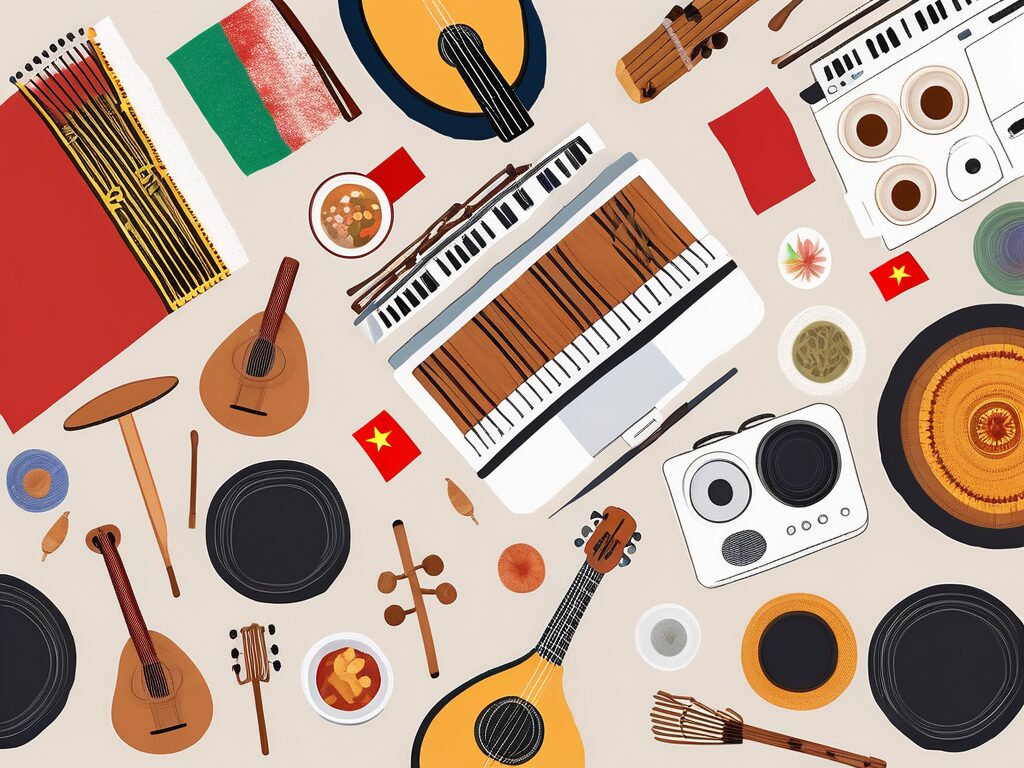Vietnam, a vibrant Southeast Asian country, is experiencing a significant influx of international students, leading to an increasingly multicultural classroom environment. This diversity brings a wealth of benefits, including broadened perspectives and enriched learning experiences. However, it also presents unique challenges for educators and students alike. In this exploration, we’ll delve into the various hurdles that arise in multicultural classrooms in Vietnam, and how these can be addressed.
Language Barriers
One of the most immediate challenges in a multicultural classroom is the language barrier. While English is commonly used as the medium of instruction in international schools, it may not be the first language for many students. This can lead to misunderstandings and difficulties in communication, both between students and teachers, and among the students themselves.
It’s a bit like trying to play a game of football when everyone’s using different rulebooks. The game can still be played, but it’s likely to be a bit chaotic and frustrating for everyone involved. In the same way, language barriers can make learning a more challenging process than it needs to be.
Teachers can help to bridge this gap by using clear, simple language and visual aids in their teaching. Additionally, language support services, such as English as a Second Language (ESL) programmes, can be invaluable in helping students to improve their English proficiency.
Cultural Differences
Another significant challenge in multicultural classrooms is navigating cultural differences. Students from different cultural backgrounds may have different expectations of classroom behaviour, teaching styles, and even the purpose of education itself.
Imagine walking into a room where everyone is dancing, but each person is moving to a different rhythm. It might be a bit disorienting, right? That’s what it can feel like for students and teachers in a multicultural classroom, where everyone’s ‘dancing’ to their own cultural ‘beat’.
Teachers can help to create a more harmonious ‘dance’ by fostering an atmosphere of mutual respect and understanding. This can be achieved by incorporating cultural education into the curriculum, encouraging open discussions about cultural differences, and modelling inclusive behaviour.
Adapting Teaching Styles
Teaching in a multicultural classroom requires a flexible and adaptable approach. What works well for one student may not work for another, due to differences in learning styles, educational backgrounds, and cultural norms.
It’s a bit like being a chef who’s been asked to cook a meal for a group of people, each with different dietary preferences and restrictions. The chef will need to be creative and adaptable in order to create a meal that everyone can enjoy. Similarly, teachers in multicultural classrooms need to be able to adapt their teaching styles to meet the diverse needs of their students.
One strategy that can be effective is differentiated instruction, where teachers modify their teaching methods and materials to cater to the individual learning needs of their students. This can involve using a variety of teaching techniques, from lectures and discussions to hands-on activities and independent study.
Building a Sense of Community
Finally, creating a sense of community in a multicultural classroom can be a challenge. With students coming from diverse backgrounds, it can be difficult to foster a sense of unity and belonging.
Imagine trying to build a house out of bricks that are all different shapes and sizes. It’s going to be a bit tricky, isn’t it? But with some creativity and patience, it can be done. The same is true for building a sense of community in a multicultural classroom.
Teachers can help to build this sense of community by promoting team-building activities, encouraging cooperative learning, and creating opportunities for students to share their cultures with each other. Celebrating cultural holidays, for example, can be a fun and educational way for students to learn about each other’s cultures and build a stronger sense of community.
In conclusion, while multicultural classrooms in Vietnam present unique challenges, they also offer rich opportunities for learning and growth. By addressing these challenges head-on, teachers can help to create a positive and inclusive learning environment for all students.
Empower Your Teaching Career in a Multicultural Classroom
As educators in Vietnam’s multicultural classrooms face unique challenges, the need for professional development and enhanced qualifications is clear. IPGCE offers a transformative solution with its International Postgraduate Certificate in Education (iPGCE), designed to elevate your teaching credentials and connect you with a global community of educators. Embrace the opportunity to increase your interview callbacks, accelerate your career progression, and gain a comprehensive understanding of global education systems. With flexible online study options, the iPGCE is the key to balancing your professional development with your teaching commitments. Don’t let inadequate credentials limit your potential. Join the UK’s #1 Teacher Training Course and transform your approach to multicultural education today.

